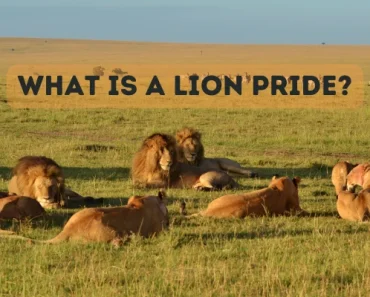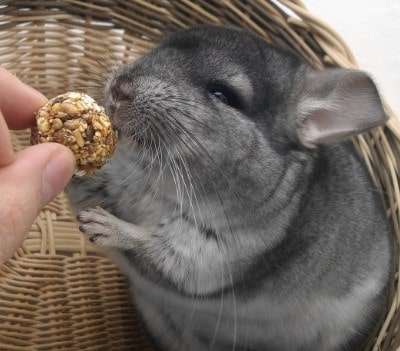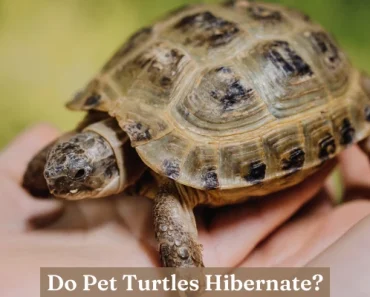When the weather starts to change to cold, we break out our winter clothes and start wearing our winter coats, but that isn’t the case for animals.
Animals outside either have to endure the temperature changes or avoid the changes by becoming inactive or by hibernating.
Most people are aware that some animals hibernate, but do you know which animals hibernate besides bears (the most common one people know)?
What about brumation and estivation? Ever heard of either of those terms?
I will be discussing the differences between brumation, estivation, and hibernation in this article. I’ll also be listing some of the more common animals that brumate, estivate, and hibernate.
By the end of this article, you should have a good understanding of the 3 different types of hibernation there is and what common animals go through each cycle.
This subject can be a bit confusing because some animals can be categorized into one or two types depending on the season and temperature, but I will explain it as best I can in hopes that it will make sense.
Let’s first discuss what brumation is and which animals brumate.
What Is Brumation?
Brumation is defined as a necessary adaption for cold-blooded animals (including lizards, snakes, and turtles) to ensure their survival for the coldest months of the year.
In this adaption, cold-blooded animals become inactive and enter a state of dormancy that is maintained to survive the cold season.
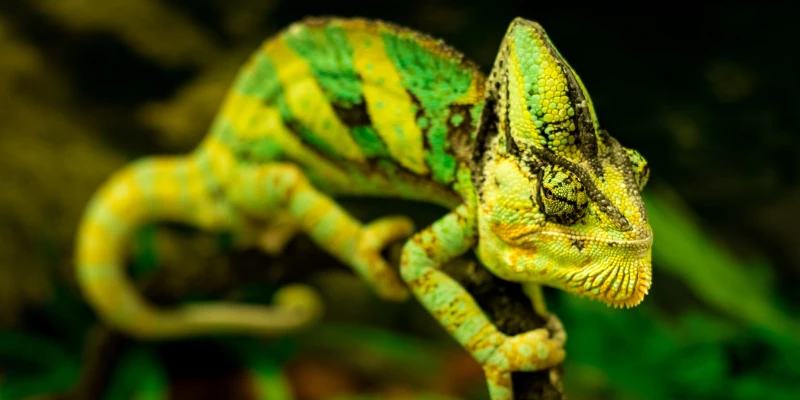
Cold-blooded animals are known as ectotherms, which are described as animals that rely on external sources for body heat since they are unable to keep a regulated temperature from within their own bodies.
Although ectotherms can generate a little heat from the inside, it isn’t enough to regulate their core temperature, so they have to rely on the surrounding environment.
Ectotherms’ body temperature will rise and fall based on the surrounding temperature.
Brumation is similar to hibernation and both terms are used interchangeably by many people.
Which Animals Brumate?
Almost all cold-blooded animals in the wild will brumate if the temperature in their region gets cold enough and stays cold enough throughout the winter.
Not all cold-blooded animals will brumate depending on their environment, species, and other factors.
The bearded dragon is one of the most known reptiles that brumate.
Here are some other common animals that brumate when the conditions are right for brumation:
- Amphibians (some frog species)
- Lizards
- Snakes
- Turtles
- Tortoises
How Long Do Animals Brumate?
Most cold-blooded animals will brumate during the winter months. Depending on the climate and the region, this is typically between 2 to 4 months.
However, some animals can brumate for up to 6 months.
The weather must get warm enough for the animals to move again. When cold weather hits, these animals will remain inactive or mostly inactive until the weather starts to get warmer.
Usually, when the temperature drops between 40 and 50 degrees, cold-blooded animals will start going into their brumation period.
This is a way for them to survive the cold winter months and live to see another spring.
Since they can’t regulate their internal temperature, they must remain mainly inactive and usually aren’t just found out in the open because they would likely freeze to death.
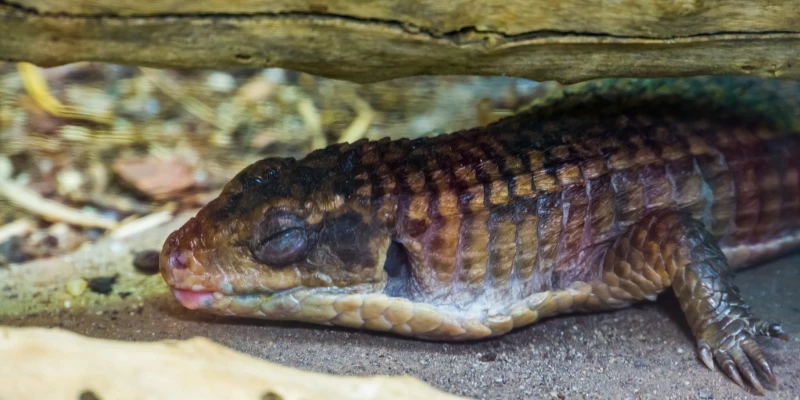
Where Do Animals Go When They Brumate?
During brumation, cold-blooded animals will seek shelter from the cold so they don’t freeze to death or get eaten by a predator if they are prey animals.
Where they go just depends on which animal you are referring to and where that animal lives.
Most animals that brumate will go to underground burrows or find the darkest and the coolest part of their habit to brumate.
Wild Animal Brumation vs Pet Brumation
Wild animals receive signals from their environment when it is time to brumate so they can survive the colder temperatures.
Such signals include changes in temperature, humidity, air pressure, and more.
But what if you have a pet reptile inside? Will your inside pet still attempt to brumate during the winter months?
The short answer is no. Generally, an inside pet will not attempt to brumate if the temperature stays warm inside and the animals stay active.
Since there are not many signals for a cold-blooded animal to go into brumation during the winter months while it is living inside a residence, it most likely won’t go into brumation.
But if it does, it may just be moderate such as it stays inactive for some time or doesn’t eat for a while.
Some people believe that indoor pets that are cold-blooded still receive the signals to go into brumation, so this is speculative. It depends on a lot of factors such as environment, temperature, species, and other factors.
I should also note that if you have a reptile or any animal that isn’t eating and is inactive, it is always important to get your pet checked out by a veterinarian just to ensure there is nothing more serious going on with your pet.
What Is Estivation?
Estivation (also referred to as aestivation) is common in animals found in hot and dry environments. These animals estivate when experiencing difficulty moving around due to hot temperatures and dry land.
To survive, these animals stay cool and avoid dehydration (considering water sources will be scarce) by becoming inactive in a shaded area until the temperature cools down.
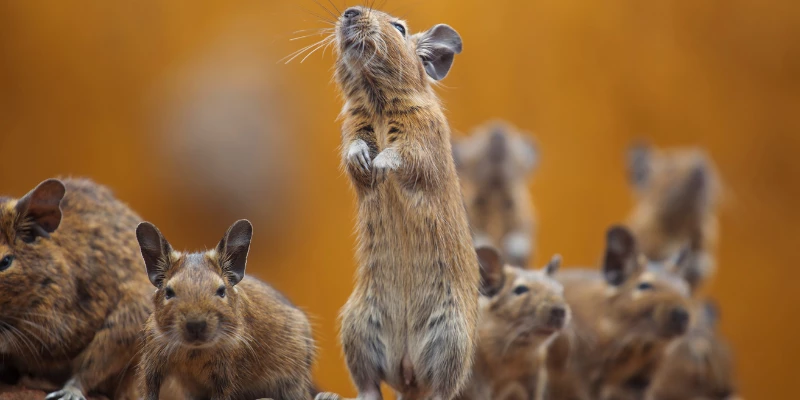
Which Animals Estivate?
Here are some of the more common animals that estivate:
- Amphibians (many species)
- Birds
- Toads
- Crocodiles
- Earthworms
- Fat-tailed lemurs
- Fish
- Rodents
- Some insects including bees and snails
- Tortoises
How Long Do Animals Estivate?
Animals will aestivate depending on how hot the temperature is and how dry it is. When the temperature changes or the area isn’t so dry, these animals will come out of estivation.
So, the length of time these animals stay in estivation will change depending on the elements of mother nature.
This can be a day, several weeks, and even up to several months at a time.
Where Do Animals Go When They Aestivate?
Most animals that aestivate are doing so because the temperature is hot and the climate is dry.
They estivate to avoid the heat and because it may be too dry to find a nearby water source.
When the temperature is too hot for the animals to move around, they will find a cool, shady spot to aestivate until the temperature cools off and/or when the climate becomes wetter.
Wild Animal Aestivation vs Pet Aestivation
There shouldn’t be too much concern about aestivation indoors with your pet.
If the temperature is comfortable for you and you aren’t sweating like crazy, your pet should be fine as well.
If you keep your pet outdoors, it may aestivate depending on where it is kept and other conditions, such as the species and its surroundings.
If you find your captive outside pet aestivating, try to move it to an area that is much cooler in the shade or inside your home just to ensure your animal stays healthy and doesn’t overheat.
While it is natural for animals to estivate, if you have your pet locked up outside in a cage or pen and there is no adequate shade during the hot summer months, it could be bad for your pet since it won’t have any cool place to estivate and stay cool.
What Is Hibernation?
Hibernation is defined as a state of inactivity in endotherms that occurs when the endotherm has a low metabolic rate, lower body temperature, slower breathing, and a slower heart rate.
Some of these animals will even go into a deep sleep during hibernation.
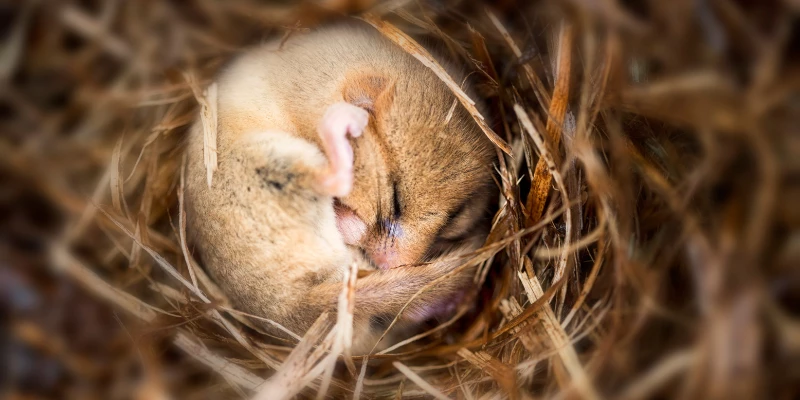
Hibernation is a way for animals to conserve energy when the weather gets really cold and a way for animals to survive when food gets scarce during the cold winter months.
Some smaller prey animals may also use hibernation as a way to avoid predators during the months when food is scarce and conditions are harsh.
Are There Different Types of Hibernation?
There are two different types of hibernation known as facultative and obligate hibernation types.
Facultative hibernation is when animals hibernate when it is too cold and when food is scarce.
Obligate hibernation is when animals hibernate regardless of whether the temperature is too cold and whether their supply of food has been reduced due to the changing temperature.
Which Animals Hibernate?
True hibernation is when an animal enters into a deep sleep during hibernation. Not all animals enter a deep sleep during hibernation.
Hibernation depends on the species, climate, environment, and other factors.
Some of the more common animals that hibernate include:
- Bats
- Bears
- Bees (yes, they are insects but I’ve included them)
- Common poorwill (the only species of bird that is known to hibernate)
- Fat-tailed lemurs
- Hamsters
- Hedgehogs
- Groundhogs
- Ground squirrels
- Skunks
- Woodchucks
How Long Do Animals Hibernate?
Most hibernation happens during the cold months but some animals don’t adhere to this and may stay asleep even when the temperature rises a little.
Most animals will wake up when the weather changes, but some may take a little longer than others.
Hibernation depends on the species of animal, climate, region, and other factors.
Animals in environments that get cold and stay colder for longer periods throughout the year are more likely to hibernate longer than animals in an environment that doesn’t stay as cold for a long period.
Hibernation can be as little as a few weeks up to many months depending on the energy the animal has or how much food was stored before hibernation began.
Most animals will hibernate through the colder weather and re-appear when the weather starts to warm up around springtime.
Where Do Animals Go When They Hibernate?
Most bears that hibernate will go into caves or dens when they are ready to go into hibernation.
Other animals will go into burrows or other types of shelters including their nests and underground to avoid the cold and to conserve their energy.
Some animals will go into a deep sleep during hibernation while others will just stay in their habitats and remain inactive until the weather starts to warm up.
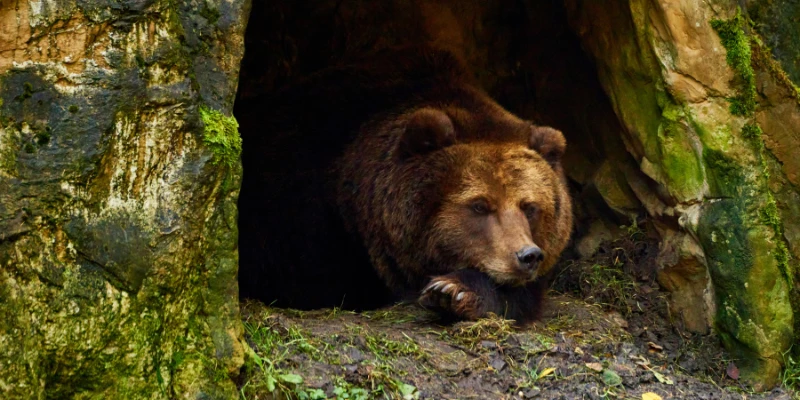
Wild Animal Hibernation vs Pet Hibernation
Pets that come from species that tend to hibernate in the winter will usually be fine during the winter months and not attempt to hibernate.
In the cold, most wild animals that hibernate will not be seen or rarely be seen during the winter months.
Indoor pets aren’t subjected to the same rigorous temperatures that wild animals face outdoors.
So, it is likely that your pet will not hibernate, but it may become less active during the winter months if it is in a colder part of your residence.
If you want to try and avoid your pet going into hibernation, it is important to make sure the temperature is comfortable.
Most animals can tolerate temperatures around and above 60 degrees, but when the temperature starts dropping below 50 degrees, most animals that hibernate will get that instinctual urge to do so.
Did Humans Ever Hibernate?
According to experts, humans have never hibernated. Since we originated from warmer climates, there was no need to hibernate. Whenever humans have been in a place that gets cold, they have typically either toughed the cold weather out or migrated to a warmer climate.
Scientists would like to find a way for humans to hibernate in the future to help people that are sick as a way to preserve them until they have a cure or remedy for their sickness.
However, at this current time, none of that is possible. Who knows, maybe one day we will go into a deep sleep.
Most movies portray deep space travel as what I would call a form of hibernation.
In the movies and shows, most will sleep the whole journey to preserve energy and not go crazy being inside a spaceship for long periods of time.
For now, this is all fantasy, but one day it could come to fruition and be a regular occurrence for humans to hibernate.
Can you imagine asking one of your friends something like “Hey, where has Jim been hiding?” and their response is “Oh, he’s been in hibernation for the last 3 months”.
It’s crazy and exciting to think about!
Recap
That is all I have for now about brumation, aestivation, and hibernation. I hope I was able to give you valuable information and answer any questions that you were wondering about.
You should now know the difference between aestivation, brumation, and hibernation.
I try to make my articles more question-based with answers and think of questions that my readers may be wondering about.
So, I try to cover a lot of questions and answers about the subject of my articles.
This article has many of the common questions with answers about brumation, estivation, and hibernation.
That is all I have for now. Check out my article on pet turtles and hibernation here or check out more reptile articles here.
References

